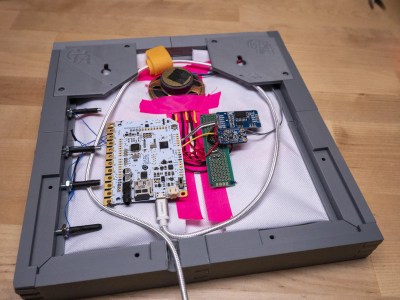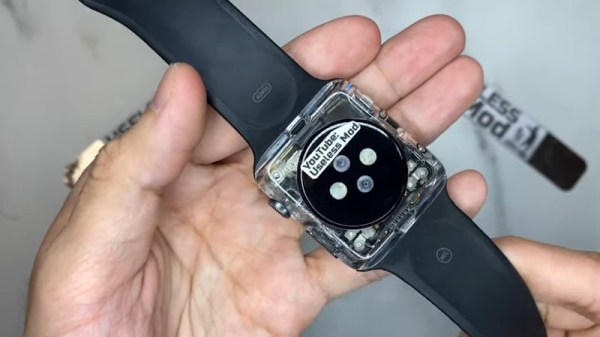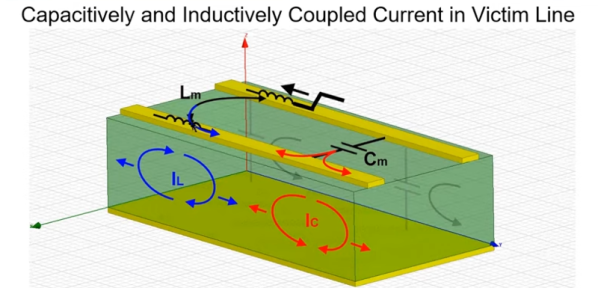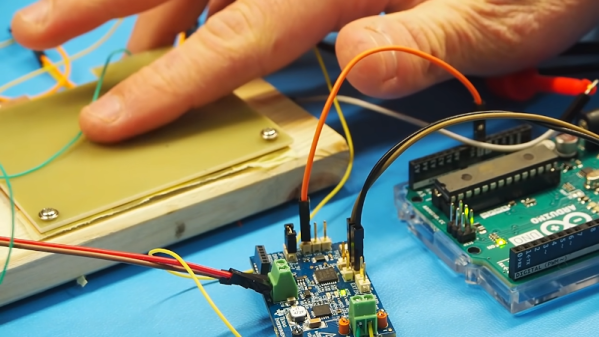Levitation may sound like magic, but there are a wide variety of physical phenomena that can be manipulated to generate the desired effect. In this case, [Mirko Pavleski] has built a rig capable of levitating small, lightweight particles through the use of ultrasound.
The rig uses a 60W ultrasonic transducer, operating at approximately 40 KHz, to generate a standing wave in combination with a reflector – essentially a rigid piece of material off which sound waves can be bounced. The interaction between the sound waves as they are emitted from the transducer and bounce off the reflector creates what is known as a standing wave, wherein there are areas of high and low amplitude that do not move in space. These areas correspond to the wavelength of the emission from the transducer, and allow lightweight pieces of styrofoam to be placed in to the low amplitude areas, where they are held in place by the wave.
It’s quite astounding the first time you see it in action, as the tiny particles appear to simply float in the air apropos of nothing. We’ve explored deeper applications of the technique before, too. Video after the break.



















